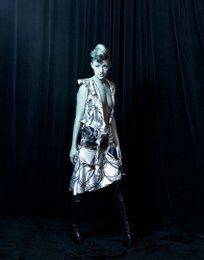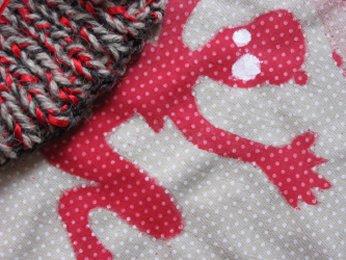Transform 2005
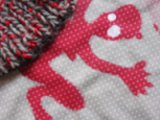
|
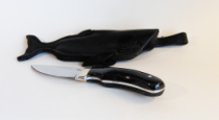
|
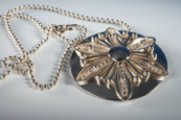
|






Faroe Islands
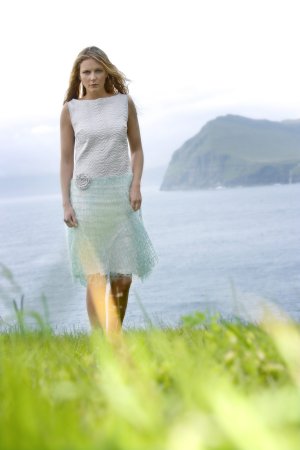
Faroese Design
The Faroe Islands means sheep islands, and for centuries the catchphrase "Wool is the gold of the Faroe Islands" was used. The Faroese sheep, which traditionally lives out in the open all year and gets by in all weathers, has two wool types. The inner is the soft short wool that warms, and the outer consists of long coarse guard hairs, that protect the sheep from the cold and rain. Prior to spinning, the wool must be plucked, i.e. the two wool types are separated. The soft wool is used for underwear, socks, scarves, caps, gloves etc. and finer sweaters and clothes for celebrations. The guard hairs can be used for yarn, thread or the like. For more coarse clothing, for example sailor sweaters, yarn made from unplucked wool may be used. The properties of the Faroese wool are excellent. Knitted and milled underwear made from soft Faroese wool is today preferred to the modern thermal underwear by many fishermen.
The Faroese sheep have many colours. While plucking and carding, the colours can be separated or mixed. For everyday clothes, for example sweaters, the natural colours are combined in patterns. Several beautiful knitting patterns exist which have been preserved on the farms for centuries. From time immemorial, a widespread tradition of dyeing wool with vegetable dye has existed. From moss and lichen, that grow on the rocks, leaves and roots from herbs and other natural colours, a number of beautiful yellow, brown, green and red colours has been developed. In the 18th century, this colour register was further developed by use of imported dyes, and thus the blue, bright-red and madder-red were introduced, which are dominant in the gala dress.
In the past hundred years, a number of spinning mills have emerged, and wool companies are currently planning to develop and produce wool goods from the old tradition, as well as new creations in modern design. Today, the farmer and the sheep farmer can only sell a limited amount of the wool and the skin. But even though the Faroese wool has lost its economic value and has had to yield to modern textiles, especially for everyday and work clothes, the unique textile tradition still thrives, however, today mainly with respect to handicraft. Thus the traditional gala dress - the national dress - is experiencing a renaissance.
In these years new design is growing, and a number of young people are experimenting with new expressions. Like their ancestors from many generations, the designers presented in this exhibition mainly use wool and skin in their creations, however, not only Faroese wool. Woven and matted woollen materials of various qualities collected from textile factories all over the world are available, but the inherent contact with the materials is fundamental. Hopefully, the exhibition will reflect a young generation's fantasy and their wish to walk down new roads.
Bįršur Jįkupsson
Participants: |
|
| Borgnż Dam Patursson | Clothes design |
| Annika Heinadóttir | Clothes design |
| Svanhild Str¢m | Clothes design |
| Anna Kristin Bęk | Collage |
| Gušrun Ludvig | Clothes design |
| Barbara ķ Gongini | Knitting |
| Elķsa Heinesen | Clothes design |
| Malan į Lofti | Clothes design |
